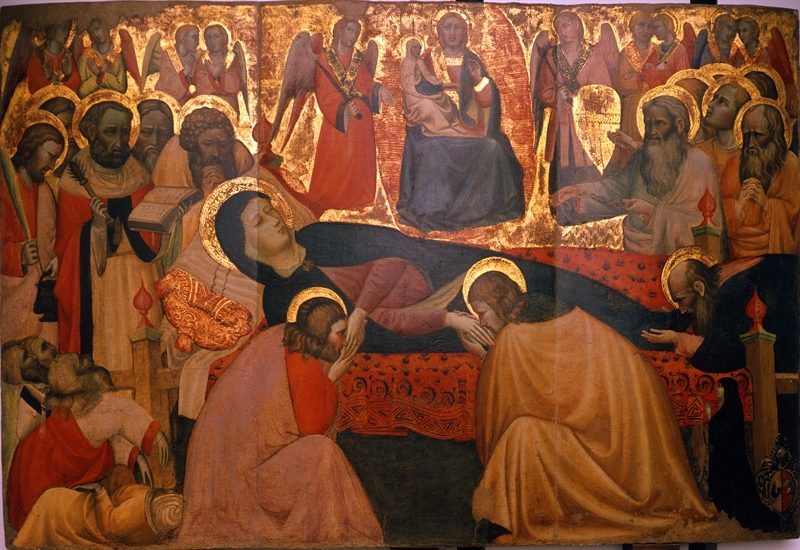{:it}”E’ probabile che il tesoro d’Italia sia, più che altrove, in una regione: le Marche.”
E’ l’incipit di un libro scritto da Vittorio Sgarbi dove descrive più in generale, i tesori dell’Italia.
Ad Ancona, ad esempio, si forma uno dei maestri più interessanti e sorprendenti del tardo Gotico ma che opera anche nel primo Rinascimento : Olivuccio da Ciccarello.
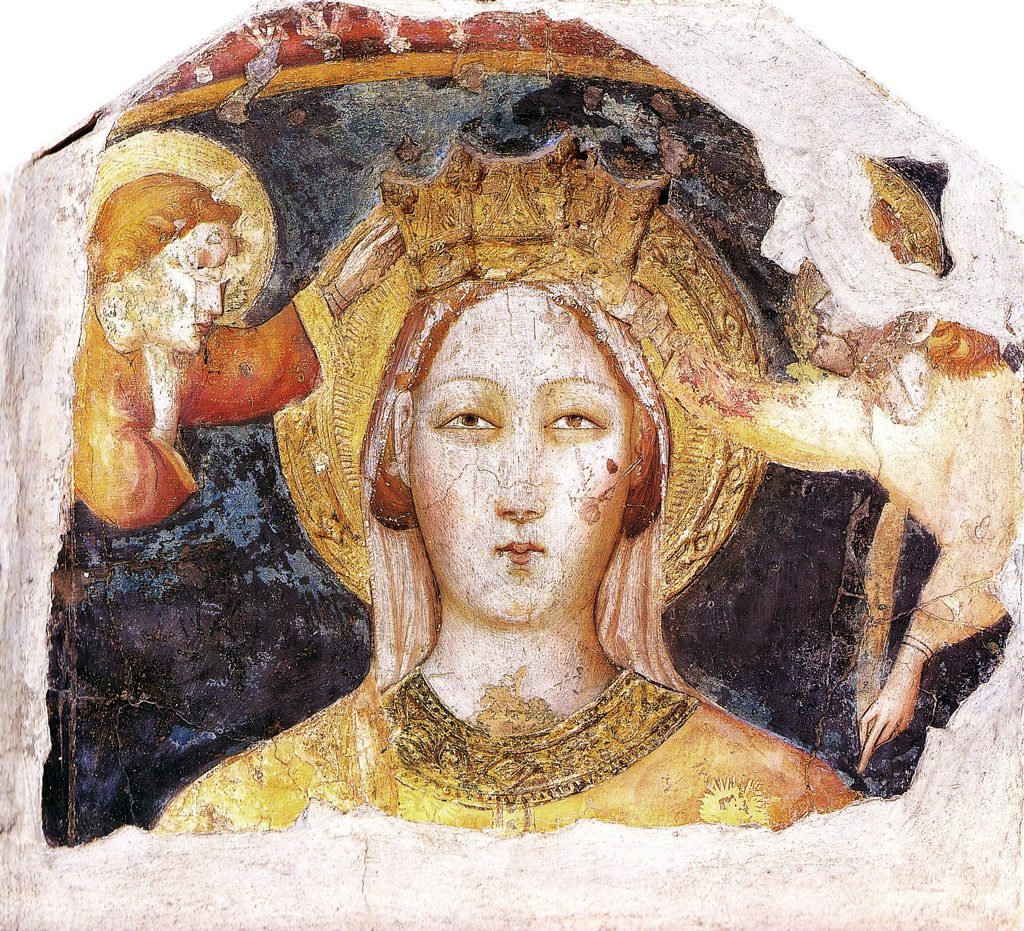
Proviene da Camerino ma s’insedia in Ancona, città di mare di non trascurabile importanza, dove convivono tradizioni diverse, e dove l’ombra lunga di Bisanzio si fa sentire non mancando di contaminare in primis la pittura.
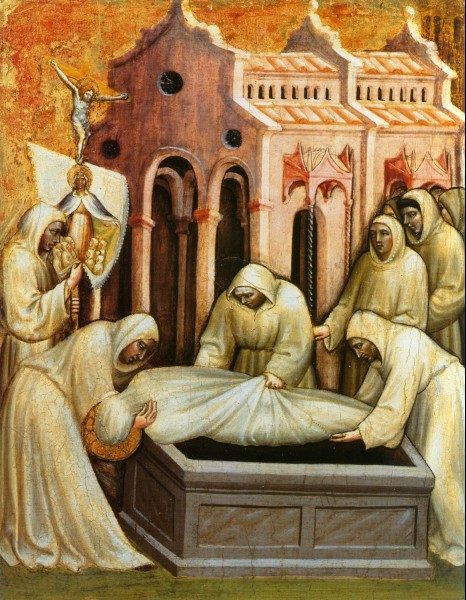
L’Ancona di Olivuccio è una piccola Venezia e le sue commissioni sono soprattutto sulla costa, dal Piceno alla Romagna. E’ un pittore su tavola, che è materiale forse più sicuro della tela, gli sfondi sono in prevalenza in oro e le figure sono fisse, ieratiche, tuttavia non mancano di una poesia che varca l’oltre, quel sacro che separa e conduce ad un mondo inconoscibile al quale tutti tendiamo, ma che è bene rimanga lì e non si mescoli: il sacro deve rimanere sacro, come esige la dottrina trinitaria orientale, che rimanda in un certo senso alla tradizione ancestrale dell’oriente platonico e gnostico.
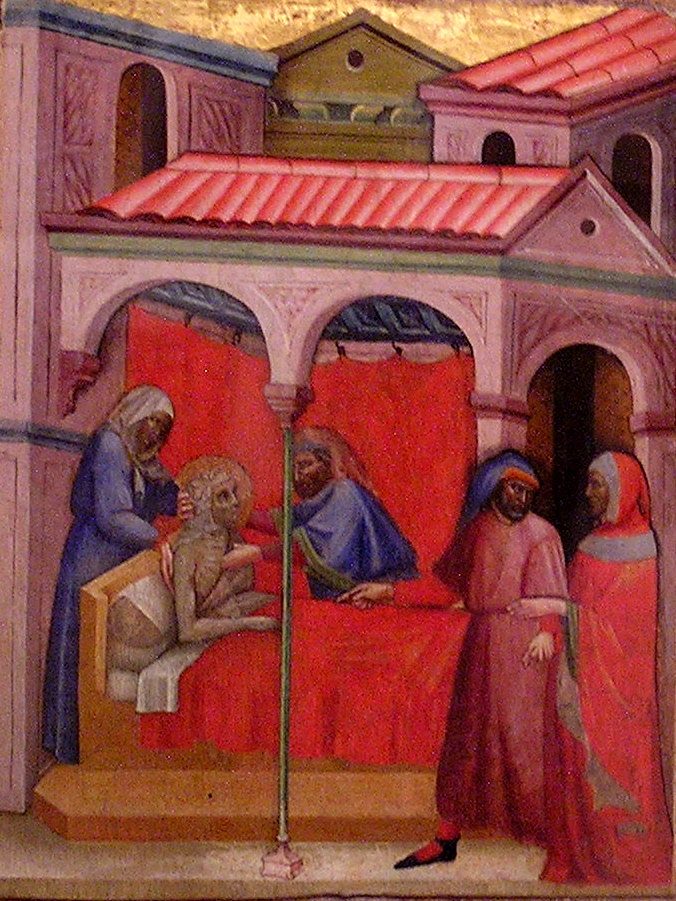
Ma siamo comunque in Italia e una delle caratteristiche dell’arte italiana è la sua continua trasformazione come poi si vedrà in seguito.
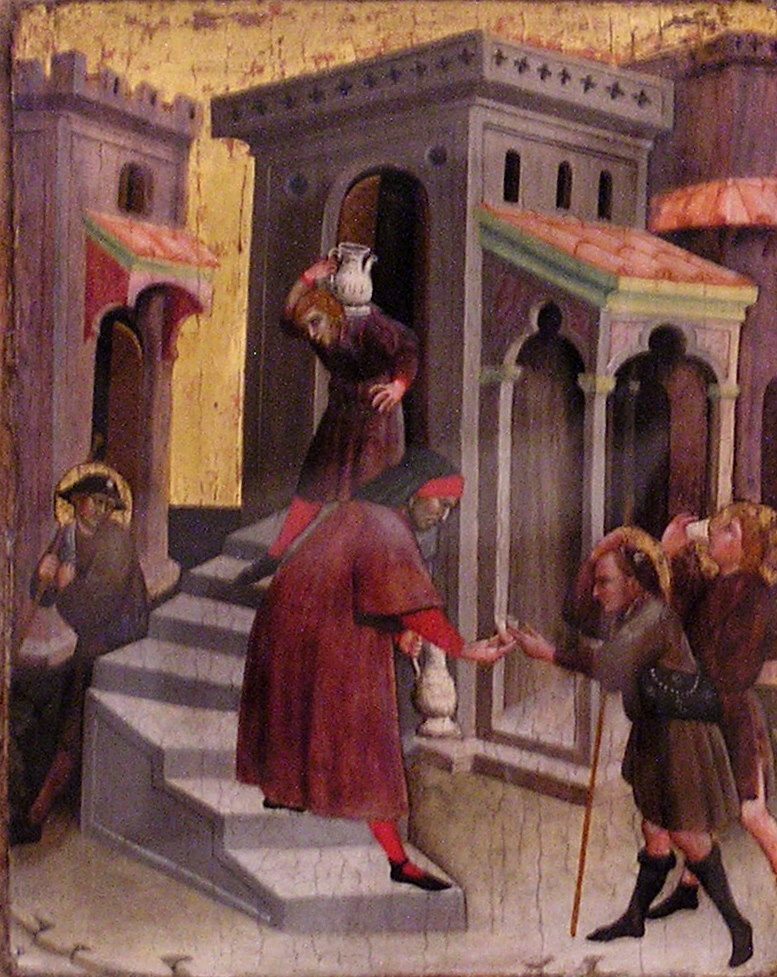
La tenerezza delle figure dipinte da Olivuccio da Ciccarello e la maestria nell’uso del colore produce effetti straordinari che meritano di essere rivalutati, egli fa parte di quei pittori del Quattrocento che in questo blog prenderanno spazio, forse proprio perché citando ancora Sgarbi “ Tutto quello che la pittura italiana ha pensato e concepito si trova nelle Marche”{:}{:en}“The riches of Italy it’s likely to be in one single region, more than anywhere else, in the region Marche, indeed.”
It is the beginning of a book written by Vittorio Sgarbi where he describes more in general the treasure of Italy.

One of the most interesting and surprising maestro of the late Gothic period and early Renaissance was educated in Ancona: Olivuccio da Ciccarello.
He comes from Camerino but settles in Ancona, a seaside city of no small importance, where different traditions coexist, and where you can feel the long shadow of Byzantium and contaminated painting in the first place.

Ancona at Olivuccio’s times is a small Venice and its commissions are mainly on the coast, from the Piceno to the Romagna. He is a painter on wood, a material that is perhaps safer than canvas, the backgrounds are predominantly in gold and the figures are fixed, hieratic, but there is no lack of poetry that goes beyond, that sacredness that separates and leads to an unknowable world to which we all long for, but which is good to remain there and remain unmixed: the sacred must remain sacred, as required by the Eastern Trinitarian doctrine, which in a certain sense refers to the ancestral tradition of the Platonic and Gnostic East.

But we are in Italy anyway and one of the characteristics of Italian art is its continuous transformation, as will be seen later on.

The tenderness of the figures painted by Olivuccio di Ciccarello and the mastery in the use of color produces extraordinary effects that deserve to be re-evaluated, he is part of those fifteenth-century painters who will take up space in this blog, perhaps because – quoting Sgarbi – “all that that Italian painting has thought and conceived is found in the region Marche”.{:}

